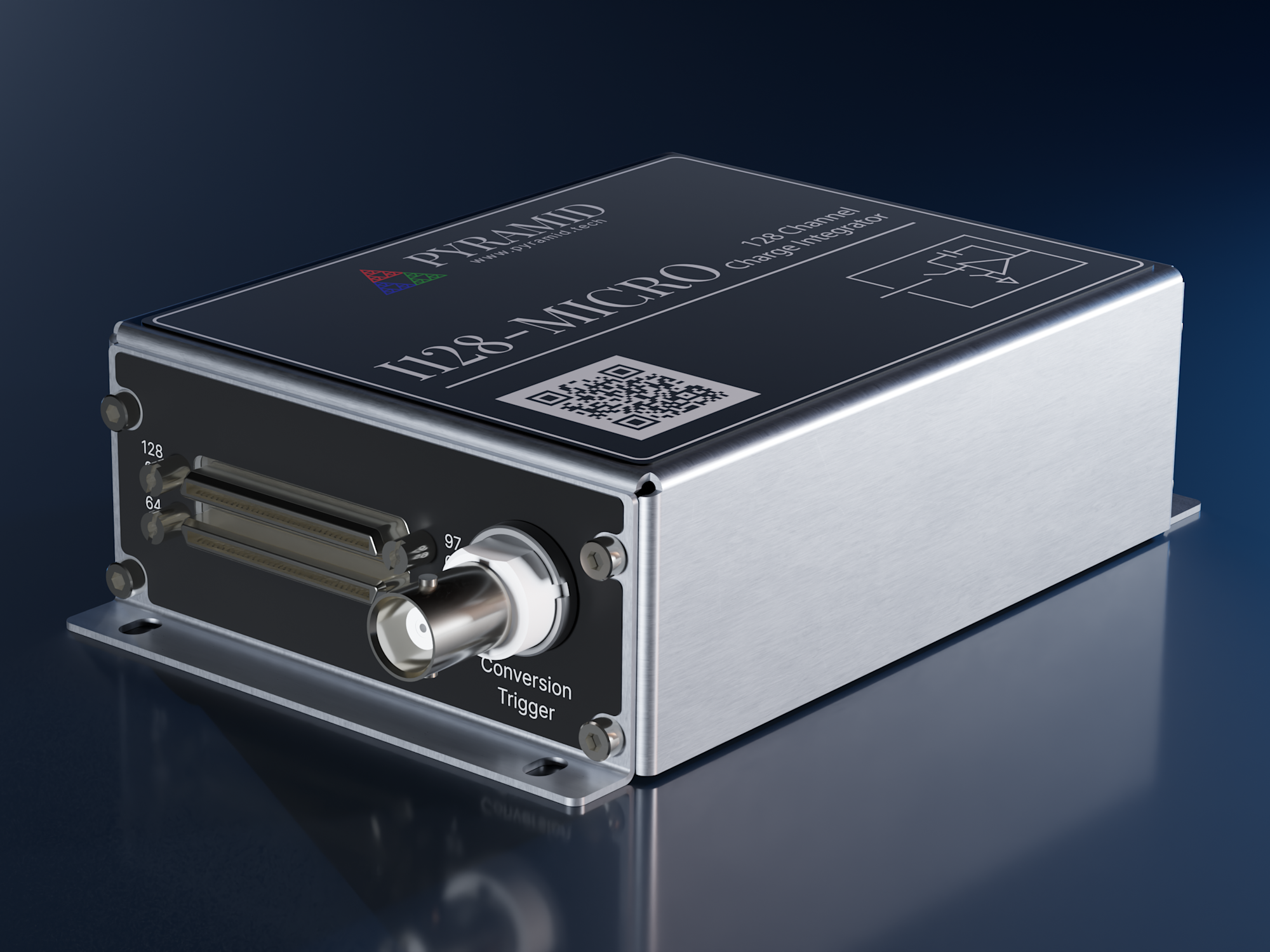
Electrometers
Precisely measure picoamps to milliamps in mission-critical applications, both continuous and pulsed currents. Pyramid offers a wide selection of electrometers specifically designed for target use cases, precise charge capture, extremely high channel density, very high-speed readback, and more. Many of our electrometers come with integrated high-voltage power supplies to conveniently bias a wide variety of detectors and sensors.
Current Measurement
Measure instantaneous current.

$5,980FX4 - 4 Channel High-speed Precision Electrometer

F460 - 4 Channel Precision Electrometer with High Voltage

F100 - Digital Electrometer with HV Power Supply
Charge Measurement
Measure accumulated charge.

IX256 - 256-Channel Charge Integrating Electrometer with HV Power Supply

I128-MICRO - 128 Channel Integrating Electrometer

I128 - 128 Channel Charge Integrator Digital Electrometer

I400 - 4 Channel Biased Input Charge Integrating Electrometer

IC101 - Precision Charge Integrator Electrometer Digital with High Voltage

I3200 - 32-Channel Charge Integrator Digital Electrometer

I404 - 4 Channel Charge Integrating Digital Electrometer
Sales & Technical Enquiries:
sales@ptcusa.comService & Returns:
support@ptcusa.comMedia & Others:
contact@ptcusa.com© 2026 Pyramid Technical Consultants, Inc